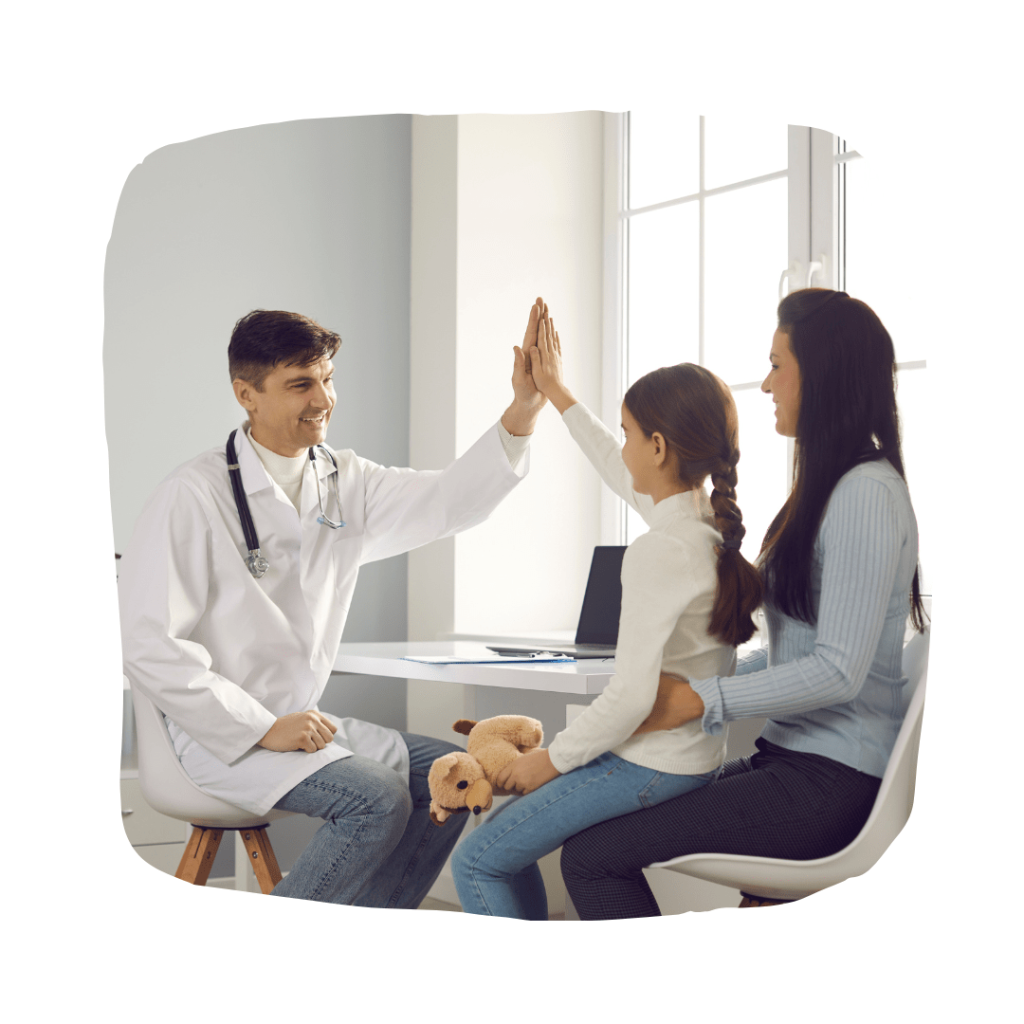Attention Deficit Disorder (ADD) and Attention Deficit Hyperactivity Disorder (ADHD) are two related conditions that can affect children’s cognitive and behavioral functioning. While the terms ADD and ADHD are often used interchangeably, it’s important to understand their distinctions in order to provide appropriate support for your child.
This article aims to highlight the difference between ADD and ADHD, discuss their respective symptoms, and provide a checklist for parents to support children with each condition. For more info check out our complete guide, watch our free workshop or visit our recommendations page for supporting tools and products.

Symptoms and Differences:
ADD (Attention Deficit Disorder)
ADD is characterized by difficulties in sustaining attention and maintaining focus without significant hyperactivity or impulsivity. Common symptoms of ADD include:
Inattentiveness: A child with ADD may struggle to concentrate, get easily distracted, and have difficulty following instructions or completing tasks.
Daydreaming: Children with ADD often appear lost in their own thoughts and have trouble staying engaged in activities or conversations.
Disorganization: They may have challenges with time management, organization, and maintaining order in their surroundings.
ADHD (Attention Deficit Hyperactivity Disorder)
ADHD encompasses both inattentive and hyperactive/impulsive symptoms. Children with ADHD typically exhibit a combination of the following:
Inattention: Similar to ADD, children with ADHD may struggle to focus and have a short attention span. They may also show forgetfulness and have difficulty with organization.
Hyperactivity: Children with ADHD may display excessive restlessness, fidgeting, and difficulty staying seated or engaging in quiet activities.
Impulsivity: They may act without thinking, interrupt conversations, and have difficulty waiting for their turn.
Strategies Checklists:
ADD (Attention Deficit Disorder)
Provide a structured environment: Establish clear routines, schedules, and consistent expectations to help your child with ADD stay organized and focused.
Minimize distractions: Create a calm and quiet study area free from unnecessary distractions to optimize their ability to concentrate.
Break tasks into smaller steps: Help your child manage larger tasks by breaking them down into smaller, more manageable parts. Encourage them to focus on one step at a time.
Use visual aids: Utilize visual cues, checklists, and color-coded systems to enhance organization and task completion.
ADHD (Attention Deficit Hyperactivity Disorder)
Incorporate physical activity: Engage your child in regular physical exercise, balancing activities, and outdoor play to help channel their excess energy and promote better focus.
Encourage structured breaks: Provide short, frequent breaks during tasks that require sustained attention. These breaks can allow your child to release energy and recharge.
Teach impulse control techniques: Help your child develop strategies to pause, think, and consider consequences before acting impulsively. Practice deep breathing exercises or counting to 10 before responding.
Positive reinforcement: Use a reward system to encourage and reinforce positive behaviors and task completion. Offer praise and small incentives to motivate your child.
Understanding the distinction between ADD and ADHD is crucial for parents seeking to support their child effectively. By recognizing the specific symptoms and challenges associated with each condition, you can implement targeted strategies to meet your child’s needs. Our recommendation is to try an authoritative method to guiding their child through an ADHD diagnosis because it provides an easier time coping. Check out more in this article.
Remember, early intervention, open communication with healthcare professionals, and a supportive environment can make a significant difference in helping children with ADD or ADHD thrive.
Disclaimer: It’s important to consult with a healthcare professional for an accurate diagnosis and personalized guidance.

